Everything You Should Expect
Bracing yourself for a life with braces? Don’t sweat it. We know all the in’s and out’s of life with braces from what you can do, to what’s a definite no-no (we’re looking at you popcorn). If you have any questions, feel free to reach out to Laster Orthodontics. We’re always happy to help.
Eating With Braces
What can you eat?
It’s easier to talk about foods you shouldn’t eat with braces. For the first day or so, stick to soft foods. Avoid tough meats, hard breads, and raw vegetables. Before long, you’ll be able to bite foods like cucumbers again. But you’ll need to protect your orthodontic appliances when you eat for as long as you’re wearing braces.
Interested in eating whatever you want while in orthodontic treatment? Check out our Laster Perfect Smile aligners at Laster Orthodontics!
Foods To Avoid
- Chewy foods: bagels, hard rolls, licorice
- Crunchy foods: popcorn, ice, chips
- Sticky foods: caramels, gum
- Hard foods: nuts, candy
- Foods you have to bite into: corn on the cob, apples, carrots
- Chewing on hard things: (for example, pens, pencils, or fingernails) can damage the braces. Damaged braces will cause treatment to take longer.
General Soreness
When you get your braces on, your mouth may feel sore and your teeth may be tender when biting for three to five days. If the tenderness is severe, take aspirin or whatever you normally take for headaches or similar pain. The lips, cheeks, and tongue tissues may also become irritated for one to two weeks as they toughen and become accustomed to the surface of the braces. This can be relieved by rinsing your mouth with a warm salt water mouthwash. Dissolve one teaspoonful of salt in 8 ounces of warm water and rinse your mouth vigorously. Salt water rinses do not relieve tenderness, it relieves the irritation on the lips, cheeks and tongue because of the pokes from the metal. We will also show you how to put wax on your braces to minimize the pain.
Loosening Of Teeth
This is to be expected throughout treatment. Don’t worry — it’s normal. Your teeth must loosen first so they can be moved by the braces. Once your treatment is done, your teeth will become rigidly fixed in their new, corrected positions.
Loose Wire Or Band
Don’t be alarmed if a wire or band comes loose. This will happen occasionally for most patients. If a wire protrudes and is irritating you, use a blunt instrument (the back of spoon or the eraser end of a pencil) and carefully and gently push the irritating wire back under the archwire. If irritation to the lips or mouth continues, place wax or wet cotton on the wire to reduce the annoyance. Call our office as soon as possible for an appointment to check and repair the appliances. If any piece comes off, save it and bring it with you to the office.
Care of Appliances
To successfully complete the treatment plan, our patients must work together with our orthodontic team. The teeth and jaws can only move toward their corrected positions if the patient consistently wears the rubber bands, headgear, or other appliances as prescribed. Remember, damaged appliances will lengthen the treatment time.
Brushing
It’s more important than ever to brush and floss regularly when you have braces so that your teeth and gums are healthy after orthodontic treatment. Patients who do not keep their teeth clean may require more frequent visits to the dentist for a professional cleaning. Adults who have a history of gum disease should also see a periodontist during orthodontic treatment.
Athletics
We offer all of our patients that are in full-contact sports a custom-fit mouthguard by Gladiator Mouthguards!
If you play sports, it’s important that you consult us for special precautions. A protective mouthguard is advised for playing contact sports. In case of any accident involving your face, check your mouth and the appliances immediately. If teeth are loosened or the appliances are damaged, call us for a precautionary checkup appointment. In the meantime, treat your discomfort as you would treat any general soreness.

